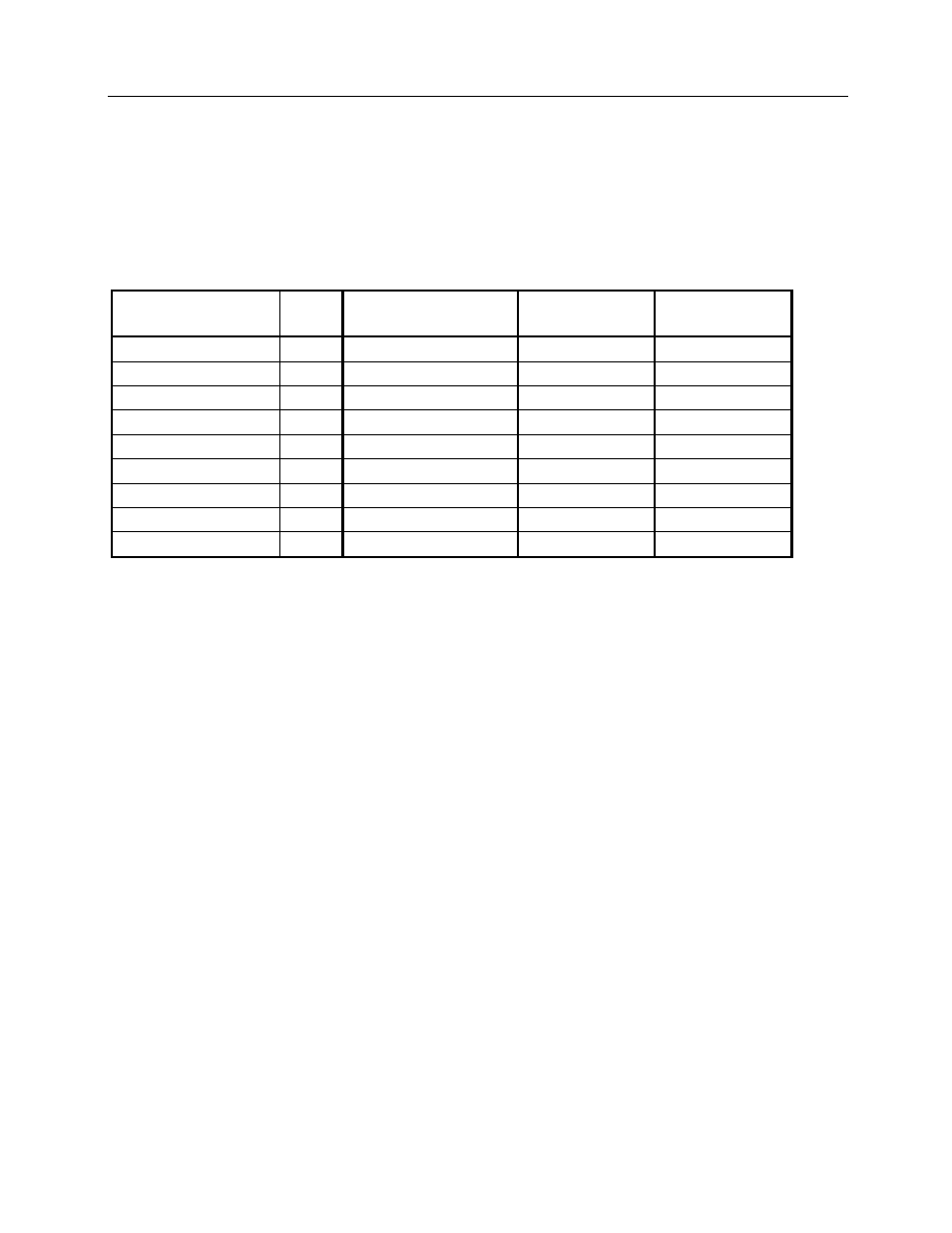B.6 energy correction factors – Fluke Biomedical 10100AT User Manual
Page 65

Appendix
Energy Correction Factors
B
B-5
B.6 Energy Correction Factors
B.6.1 Attenuated Beam (Behind the phantom)
The energy correction factors for the 96020C are determined for the attenuated diagnostic beam using
the PTB defined DN series of beam qualities given in Table B-1.
Table B-1. Specifications for PTB Defined Attenuated Beam Qualities
PTB Denomination
kVp
Added Filtration
in mm Al
First HVL
in mm Al
First HVL
in mm Cu
DN40 40
6.5 2.2
0.07
DN50 50
12.5 3.4
0.123
DN60 60
18.5 5.0
0.207
DN70 70
23.5 6.2
0.289
DN80 80
29.5 7.8
0.403
DN90 90
32.5 9.0
0.501
DN100 100
36.5 10.1
0.609
DN120 120
42.5 12.0
0.839
DN150 150
52.5 14.1
1.245
Typical energy correction factor curves are obtained by dividing the calibration factor at each beam
quality by the calibration factor at a reference point and plotting the result versus first HVL. The first HVL
at H60 is chosen as the reference point for chambers receiving the standard calibration while the first
HVL at DH70 is chosen for chambers receiving the PTB calibration option. DH70 is a new calibration
point defined by PTB with a first HVL of 6.77, which falls between DN70 and DN80 in the table above.
The correction factor charts normalized to these two points are shown below (Figures 3 and 4). All
96020C ion chambers must have an actual correction factor within ± 1.5% of the value shown in the
curves at any point.
The energy correction factors are multiplicative, such that multiplying the measured ion chamber output at
any beam quality by the appropriate value from the curve will correct readings not made at the calibration
factor beam quality.
The numerical value shown beside each point is the kVp value of that point in the DN series of beam
qualities. Users making measurements in an attenuated beam with characteristics similar to the PTB DN
series may use these values to easily obtain the appropriate correction factor. For a more precise
correction factor value, or when making measurements in an attenuated beam not similar to a DN series
point, the user may calculate the actual first HVL and locate the proper correction value on the curve.